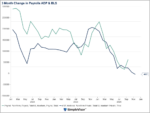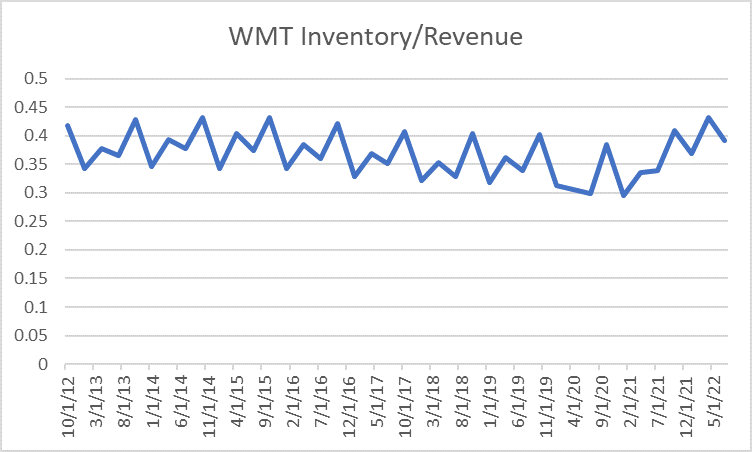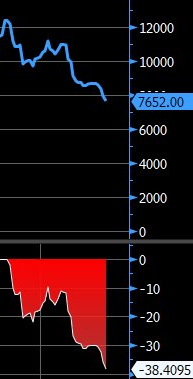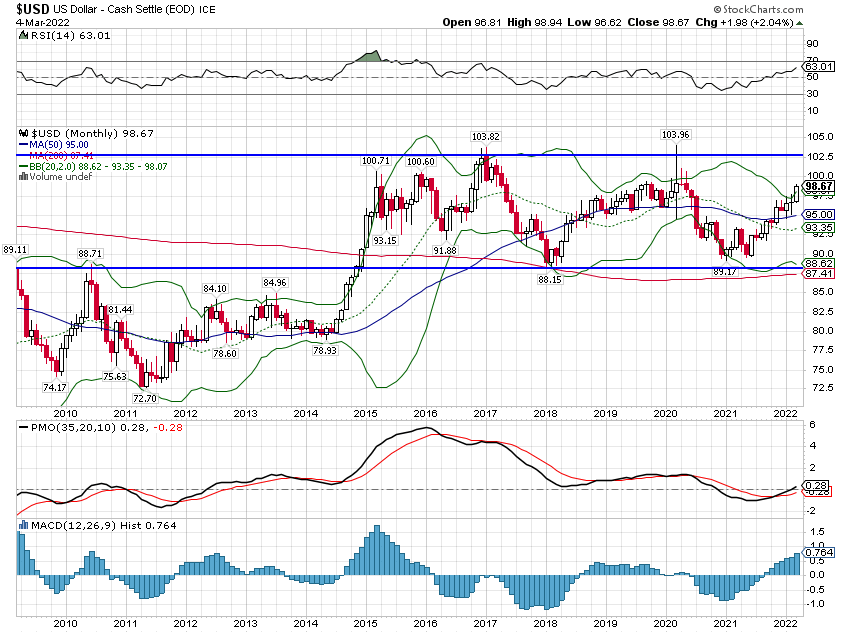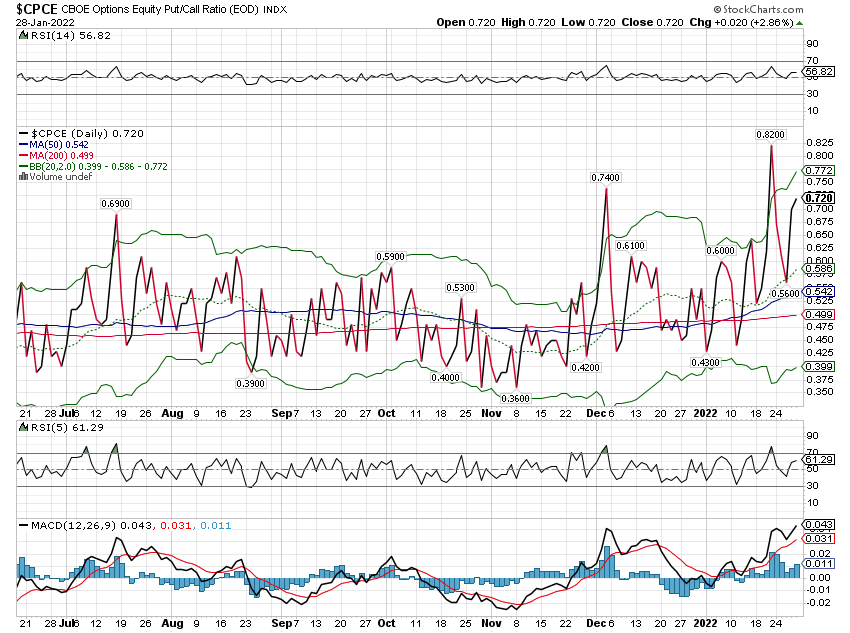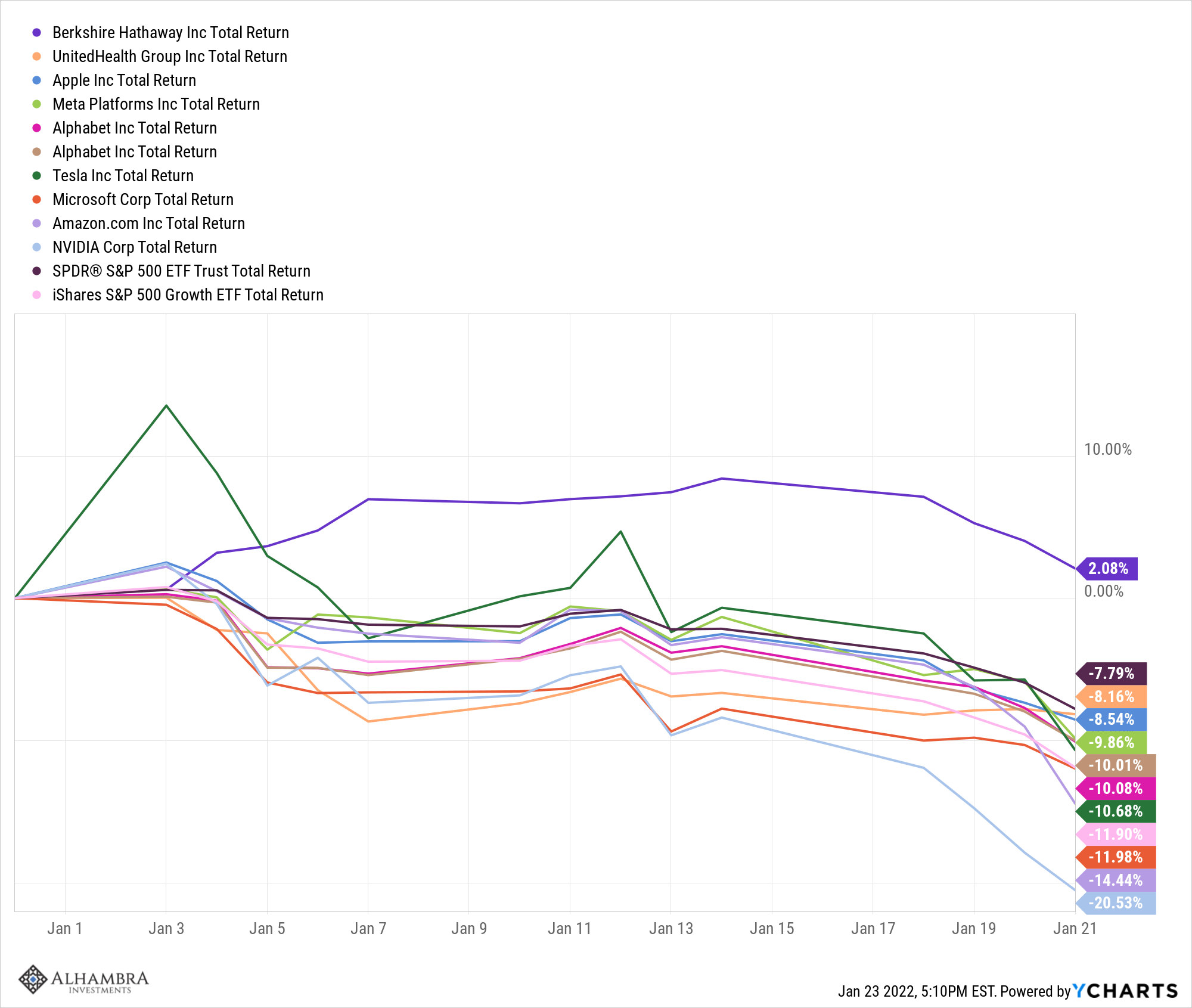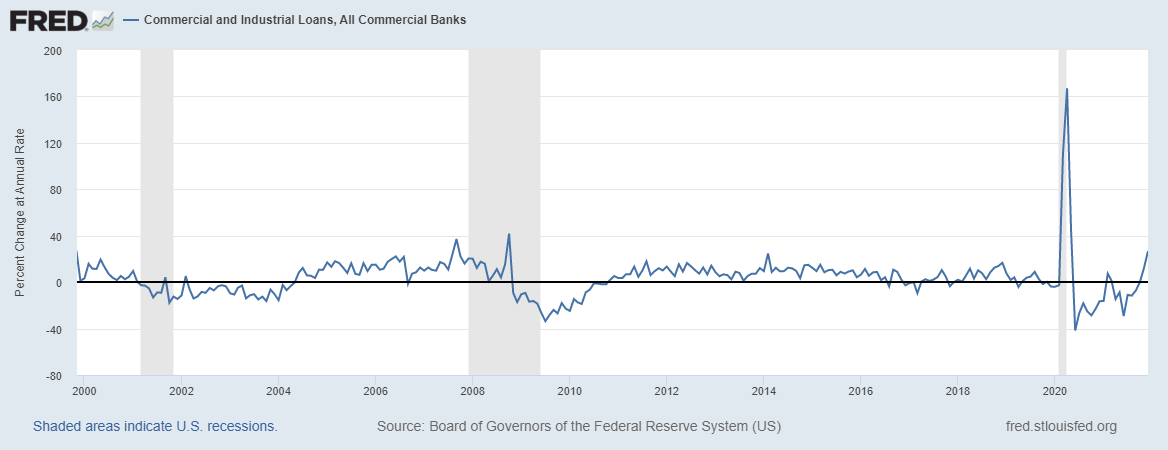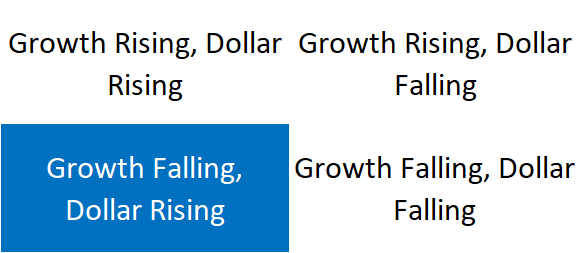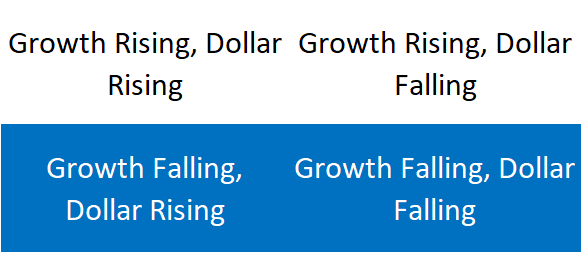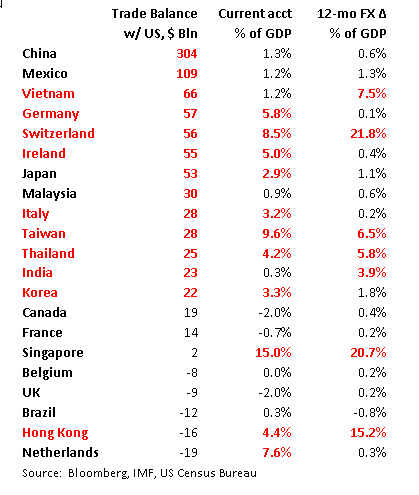(from my colleagues Dr. Win Thin and Ilan Solot)
Full story here
Are you the author?
Previous post
See more for
Next post
EM starts the week on an uncertain footing. Commodity prices were off sharply until comments by Saudi Arabia lifted them, reversing the trend in commodity-sensitive assets. The dollar is also back on the rise, pressuring EM FX even as a December FED hike is now just about fully priced in. In South America, the victory of the market-friendly candidate in Argentina and better political winds in Brazil have also given the region some hope for the near term, which could help sentiment more broadly.
South Africa reports Q3 GDP Tuesday, and is expected to grow 1.3% y/y vs. 1.2% in Q2. The SARB rate hike last week will be another headwind on the economy, and comes on top of fiscal tightening too. We think risks to growth are on the downside. The big question is how much more the SARB can tighten in the coming months?
Turkey’s central bank meets Tuesday and is expected to keep rates steady at 7.5%. Unfortunately, President Erdogan is once again talking about monetary policy. After being surprisingly quiet during the election period, he is once again pressuring the central bank to ease, despite Turkey’s chronic inflation problem. He called for the bank the cut rates to closer to historical lows of 4.5%, from back in 2013. Risks to central bank independence in Turkey have been a negative factor in market confidence for some time, and it doesn’t look to be getting any better.
Mexico reports mid-November CPI Tuesday, and is expected to rise 2.48% y/y. October trade will be reported Friday. Q3 GDP came in stronger than expected, up 2.6% y/y vs. 2.4% consensus and a revised 2.3% (was 2.2%) in Q2. Some may look for a possible Banxico rate hike at the next meeting December 17, which happens to be a day after the FOMC meeting and likely Fed lift-off. We think it's unlikely, as officials seem to be tilting a little more dovish lately. More seem to want to see the impact of a Fed hike before deciding on Mexico rates.
Brazil’s COPOM meets Wednesday and is expected to keep rates steady at 14.25%. Earlier in the day, it reports October PPI. Brazil then reports October current account and FDI on Thursday. November IGP-M wholesale inflation will be reported Friday, and is expected to rise 10.66% y/y vs. 10.09% in October. Pipeline price pressures are still building, and will keep upward pressure on consumer prices as well.
The Philippines reports Q3 GDP Thursday, and is expected to grow 6.3% y/y vs. 5.6% in Q2. The country appears to be avoiding the slowdown that most in the region are experiencing. Inflation was 0.4% y/y in October, well below the 2-4% target range. However, there are upside risks to inflation due to El Nino, and so we think monetary policy seems balanced right now.
Singapore reports October IP Thursday, and is expected at -4.9% y/y vs. -4.8% in September. The data continue to come in soft, and so we expect the MAS to ease again at its next policy meeting in April. We would not rule out an intra-meeting move, as it did this January.
Colombia’s central bank meets Friday and is expected to hike rates 50 bp to 5.75%. This would follow a larger than expected 50 bp hike last month. However, the market is somewhat split. Of the 18 analysts polled by Bloomberg, 11 see a 50 bp hike, 6 see a 25 bp hike, and 1 sees no hike. Inflation continues to move higher. At 5.9% y/y in October, it’s the highest since March 2009 and above the 2-4% range for the ninth straight month. As such, further tightening seems likely as we move into 2016.
Tags: Emerging Markets


















